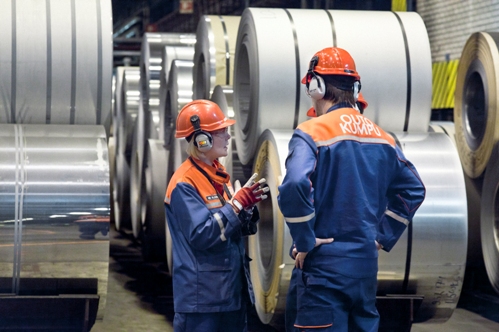The Sudbury Star is the City of Greater Sudbury’s daily newspaper.
If ongoing Vale and Glencore Xstrata discussions produce an agreement in 2014 on how to mine nickel and copper in the Greater Sudbury area more cost-effectively, there might be some short-term job cuts, but no big plant closures, says a man who runs a website devoted to mining.
“Absolutely not,” said former Greater Sudbury resident Stan Sudol, who now works in Toronto and operates The Republic of Mining website. “The two operations – the Clarabelle Mill and the Strathcona Mill – process different types of ore. On the north slope (of the Sudbury Basin), the ore is heavy in copper and PGMs (platinum-group metals). The Clarabelle Mill, meanwhile, deals with ore from the south side which is more nickel heavy. I would be very surprised if either of the mills gets closed.”
Sudol added that the Falconbridge Smelter, which he understands is operating under capacity, is processing ore from Australia and the Raglan project in Quebec, in addition to local ore. “The operation is a part of a global industry,” he noted.
On. Dec. 18, Reuters reported Vale’s chief executive officer Murilo Ferreira said he expects Vale’s “consortium” with Glencore Xsrata in Greater Sudbury nickel projects to be defined by the first quarter of 2014 and for the venture to operate as a single unit.


























